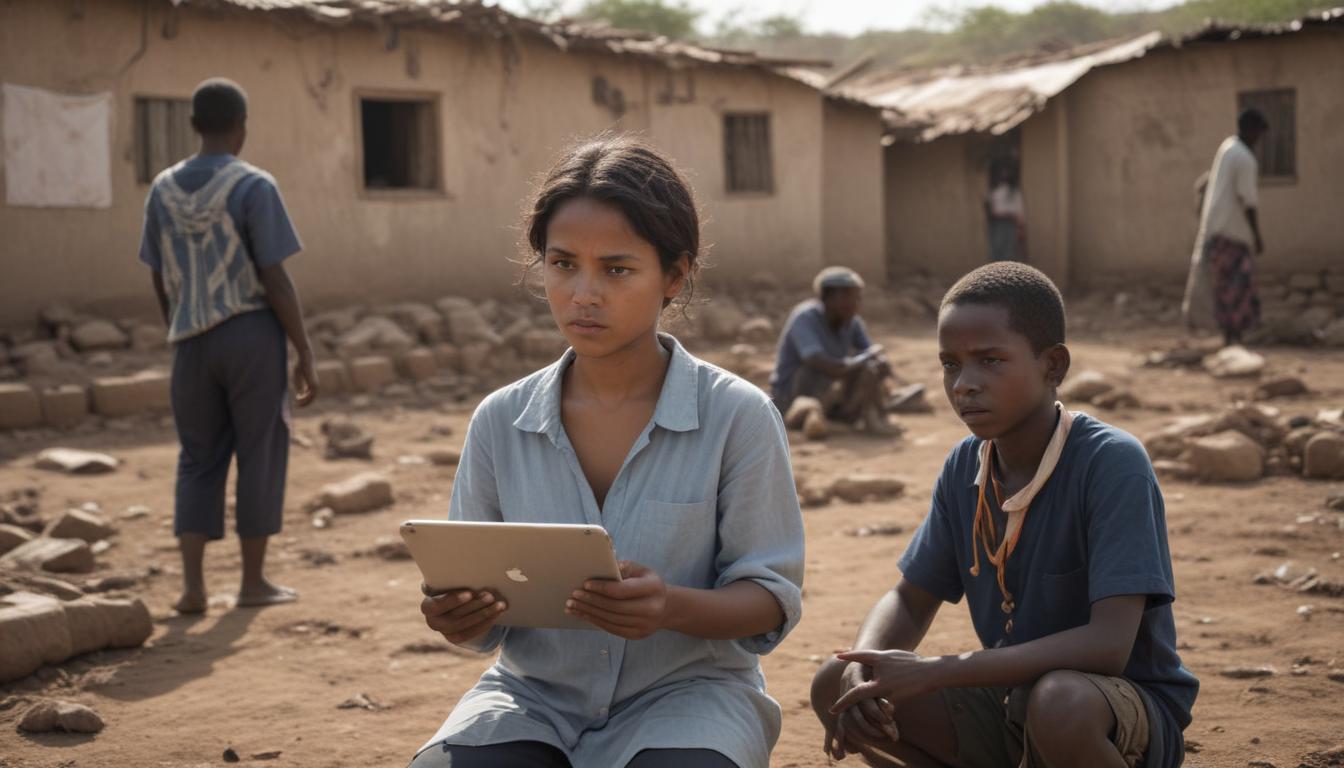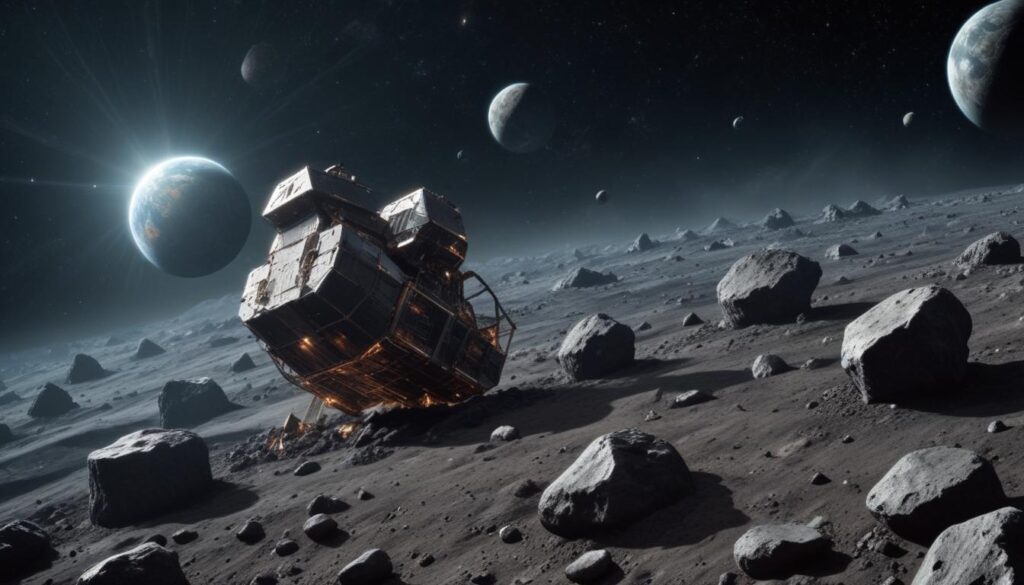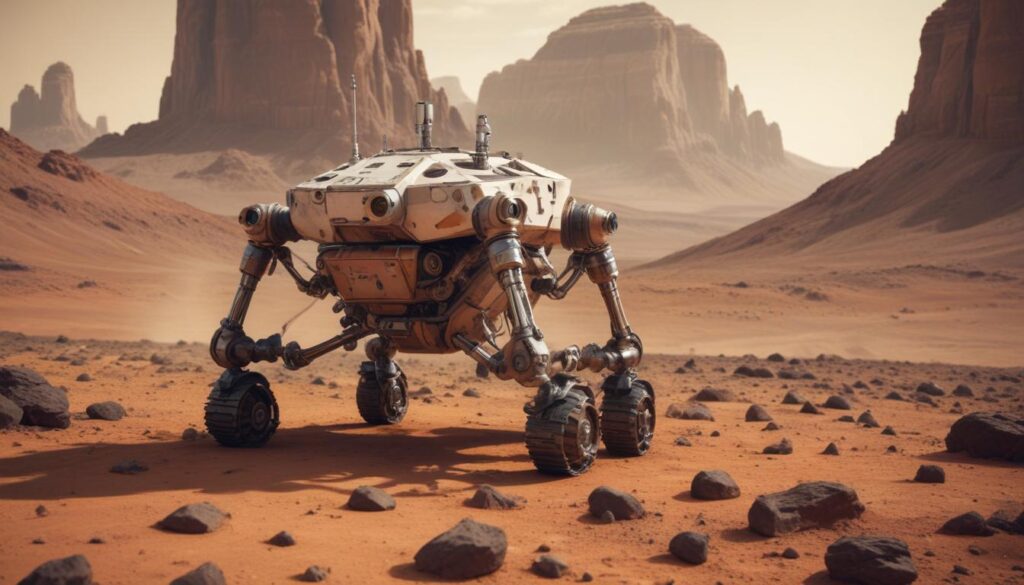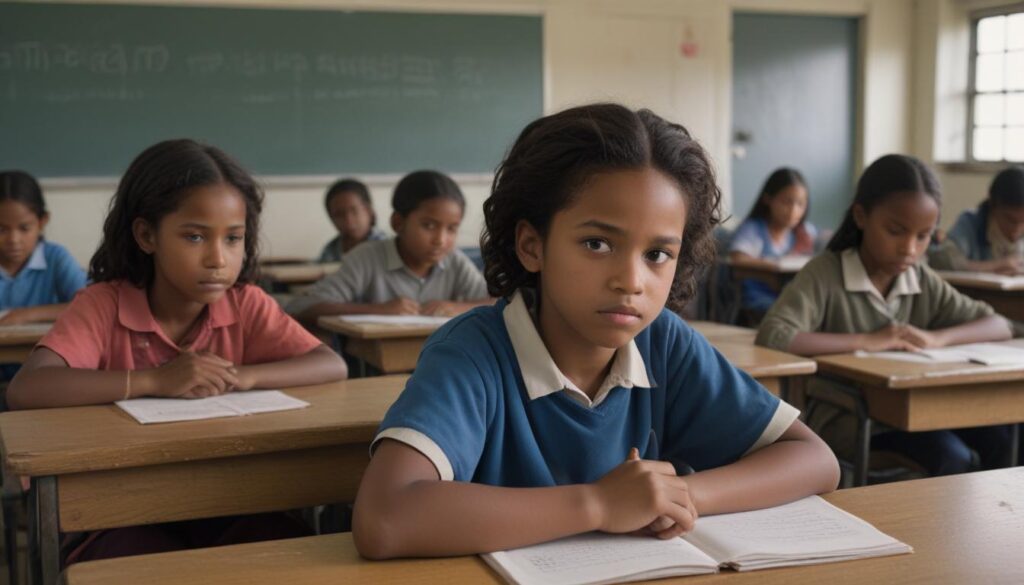Now Reading: Solving Global Challenges With Tech
- 01
Solving Global Challenges With Tech
Solving Global Challenges With Tech

Do you ever scroll through the news and feel a sense of dread? The headlines are filled with complex, seemingly insurmountable problems, from a changing climate to global health crises and economic inequality. It’s easy to feel overwhelmed and powerless, as if the challenges facing humanity are simply too big to fix. This feeling of helplessness is a common pain point, leaving many of us wondering if there’s any real hope for a better future.
But what if we had a powerful ally in this fight? The truth is, we do. Technology, when wielded with purpose and intention, is not just a source of convenience or entertainment; it is one of the most powerful tools we have for creating tangible, scalable solutions to these global issues. It offers a source of practical optimism, moving us from despair to action. This article will explore the concrete ways innovation is already tackling our biggest challenges, providing a roadmap of hope and progress in an uncertain world.
Combating Climate Change and Protecting Our Planet
One of the most pressing existential threats we face is climate change, but technology is at the forefront of the battle to create a more sustainable future. The transition to renewable energy is perhaps the most visible example.
A Green Energy Revolution
Advances in photovoltaic and wind turbine technology have dramatically lowered the cost of solar and wind power, making them economically competitive with fossil fuels in many parts of the world. This is not just about generating clean energy; it’s also about managing it. Smart grids use AI and IoT sensors to optimize energy distribution, reduce waste, and integrate renewables seamlessly, creating a more resilient and efficient power system for our cities and communities.
Smarter Farming and Conservation
Beyond energy, technology is transforming our relationship with the natural world. Precision agriculture, for instance, uses a combination of drones, GPS, and soil sensors to give farmers unprecedented insight into their crops. This allows them to use water, fertilizer, and pesticides with pinpoint accuracy, drastically reducing waste, minimizing chemical runoff into our waterways, and boosting yields to feed a growing population sustainably. At the same time, satellite imagery and remote sensing technologies are crucial for monitoring deforestation, tracking wildlife populations, and identifying illegal fishing operations in real time, giving conservationists and governments the data they need to protect our planet’s most vulnerable ecosystems.
Revolutionizing Healthcare and Accessibility
The global pandemic highlighted the fragility of our healthcare systems, but it also accelerated the adoption of technologies that are making healthcare more accessible, affordable, and effective for everyone.
Bringing the Doctor to You
Telehealth has exploded, breaking down geographical barriers that once prevented individuals in rural or underserved areas from consulting with specialists. A patient can now connect with a doctor hundreds of miles away from the comfort of their home, receiving diagnoses and treatment plans that would have previously required expensive and time-consuming travel. Furthermore, artificial intelligence is becoming a revolutionary diagnostic tool. AI algorithms can analyze medical images like X-rays and MRIs with a level of speed and accuracy that can surpass the human eye, detecting diseases like cancer and diabetic retinopathy at their earliest, most treatable stages.
Empowering Personal Health
This technological revolution in health extends beyond the clinic and into our daily lives. Wearable devices, from smartwatches to continuous glucose monitors, empower individuals to take a proactive role in managing their own health. These gadgets track vital signs, sleep patterns, and activity levels, providing a constant stream of data that can help prevent chronic diseases before they develop. On a larger scale, the rapid development of mRNA vaccines was a monumental technological achievement, showcasing how advancements in biotechnology and computational power can compress research and development timelines from decades to months. This same technology holds promise for creating personalized cancer treatments and fighting other infectious diseases in the future.

The Path Forward Challenges and Responsibilities
While the potential of technology is immense, it is not a magic solution. Its deployment comes with significant challenges and responsibilities that we must address to ensure its benefits are shared equitably.
Bridging the Digital Divide
The digital divide remains a major obstacle. The very communities that could benefit most from technological solutions in education, finance, and healthcare are often the ones with the least access to reliable internet and digital literacy training. Bridging this gap must be a global priority, requiring investment in infrastructure and education.
Navigating Ethical Questions
Ultimately, technology is a tool, and its impact—for good or for ill—is determined by the people who design and deploy it. As we integrate AI into more aspects of our lives, we must grapple with complex ethical questions surrounding data privacy, algorithmic bias, and accountability. The path forward requires not just brilliant engineers and scientists, but also thoughtful policymakers, ethicists, and engaged citizens. By fostering global collaboration and focusing on human-centered design, we can steer technological development in a direction that uplifts all of humanity, ensuring that innovation serves its highest purpose of solving our most critical shared challenges.



































